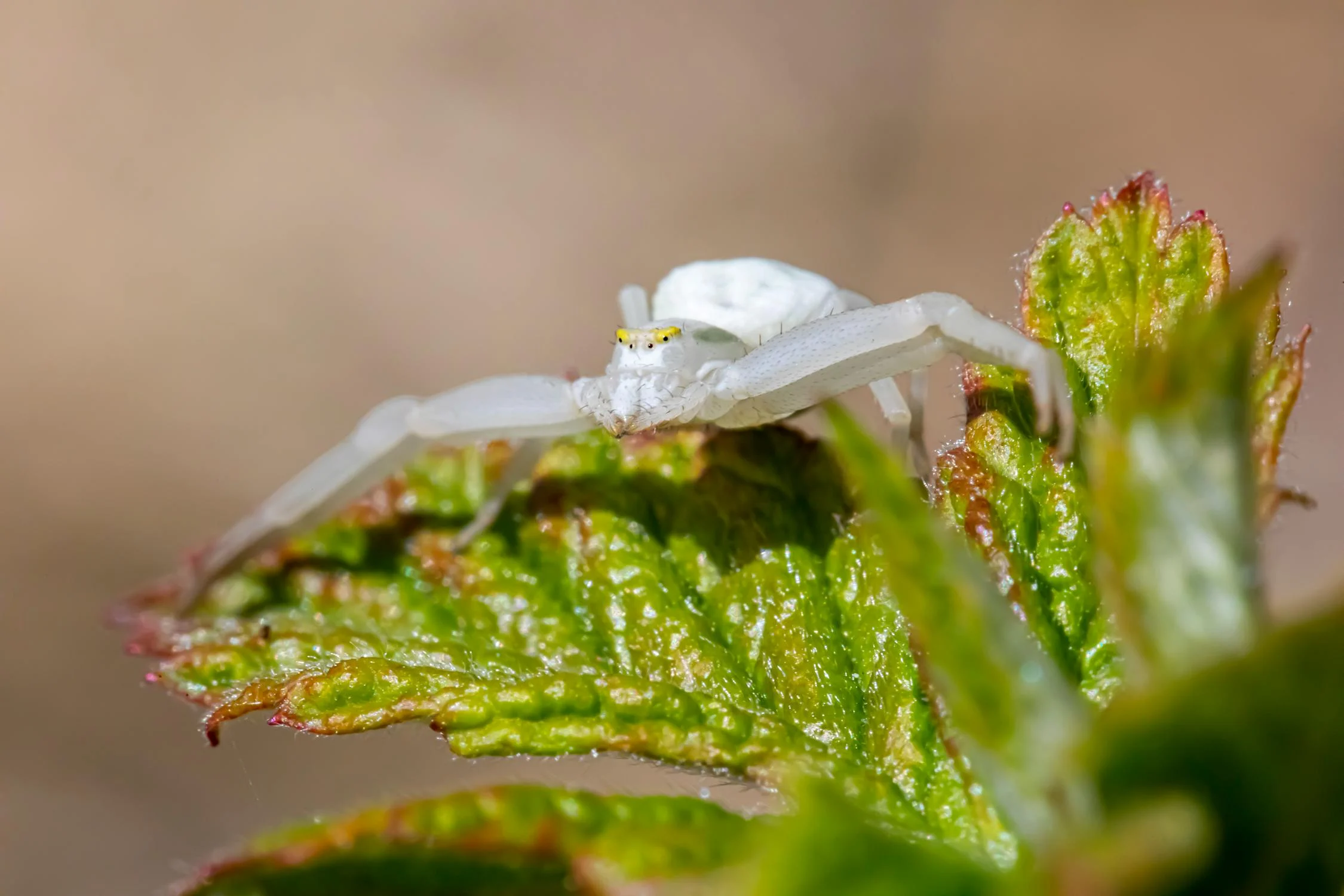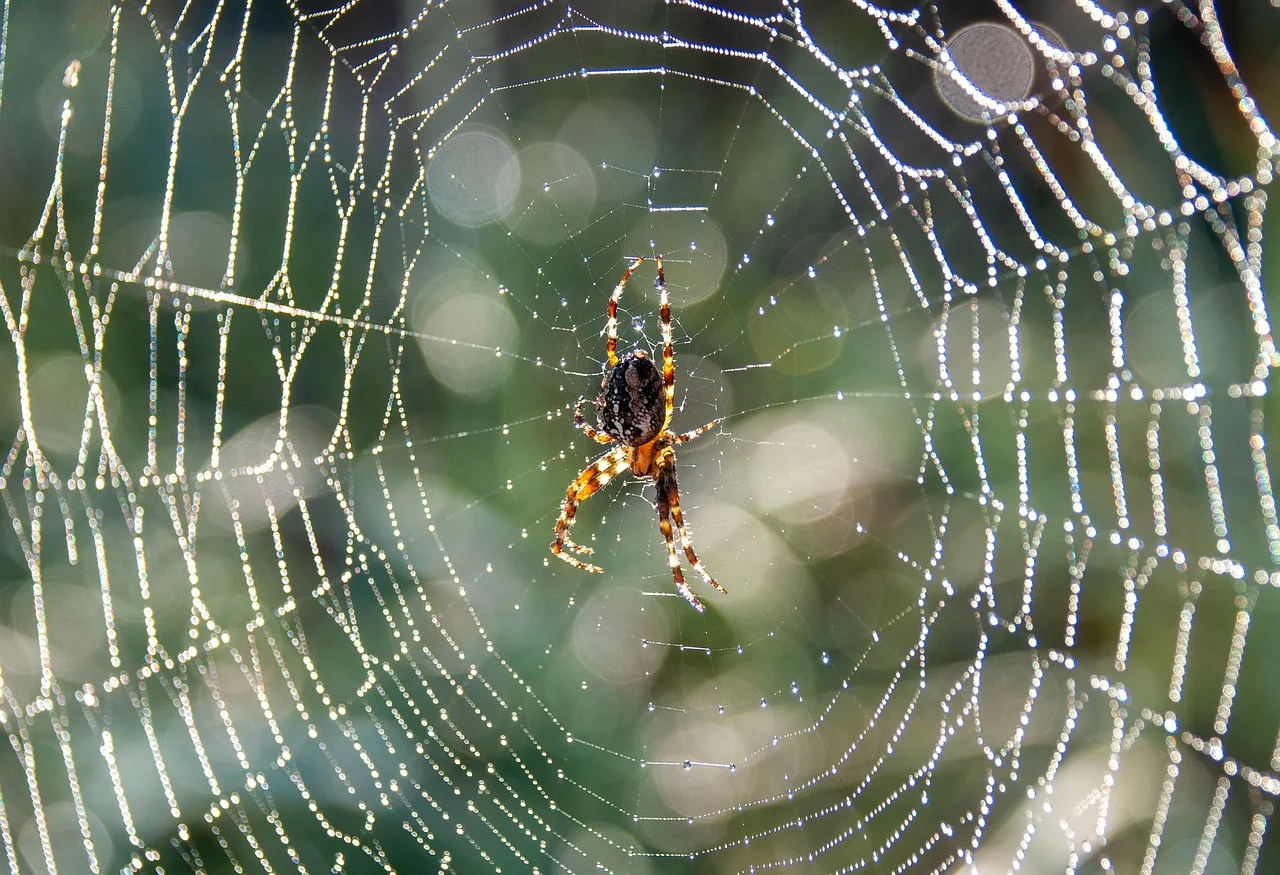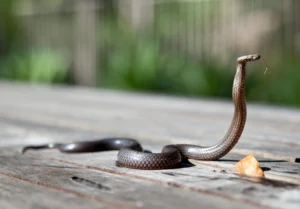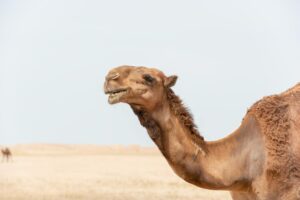Get to know the most terrifying spiders!!
We always hear about different types of snakes and the most dangerous ones, but have you ever thought about whether there are dangerous spiders as well? Of course, there are, and today we will mention five of the most terrifying types of spiders that you wouldn’t want to see in your life. Get to know them now in this article.
The spitting spider (Scytodes thoracica)

Jumping spiders have a wide range that extends around the world. It is one of a kind, and as its name suggests, it has the ability to spit! Her saliva is a mixture of liquid silk and venom that she uses to paralyze and capture her prey.
Spiders of the jumping variety are usually brown and may have dark markings. They have very round bodies, in addition to a round thoracic head. Her legs are characterized by being slender and graceful, with her front legs being the longest. Spitting spiders move very slowly, using their front legs to aim when they are about to spit.
These spiders can spit accurately at a distance ranging from 0.39 to 0.79 inches from their target. She spits at an incredibly fast speed of about 1/700th of a second. It emits a sticky substance in a wavy pattern, causing its prey to become entangled and prepared for consumption.
The spider Amaurorobius ferox

It is one of the native spiders in Europe, found in Ireland, as well as in North America and New Zealand. This spider is nocturnal and lives in dark and isolated places. It was named after the silk fabric that resembles lace. They are building chaotic networks along the walls, vaults, and fences, and they are also designing a refuge to hide in.
The body of the black lace weaver ranges from 0.31 to 0.62 inches when fully grown. Its color is dark black, or brownish, or reddish-brown, and it has small velvety hair. Their bellies are round with hideous creamy marks.
This type has large fangs and an aggressive nature! And they are often quick to bite. The reported symptoms of its venom include pain similar to that of a wasp sting and swelling. Its venom works to neutralize the small insects that pass over its sticky lace-like webs, but it is not dangerous to humans.
Mouse spider (Scotophaeus blackwalli)
Don’t confuse this spider with the other type that shares the same name, which is the dangerous red-headed mouse spider that lives in Australia. It belongs to the family of ground spiders, Gnaphosidae. Its native habitat is Ireland and Europe in general. In addition, it has been introduced to other parts of the world, such as North America, Iran, and Turkey.
The size of a mouse spider ranges from 0.35 to 0.47 inches. Her legs are brown, and her belly is gray or brown. She has soft, velvety hair growing all over her body. These hairs resemble the fur found on a mouse, and that’s where its name comes from. This type becomes active at night and sometimes makes its way indoors while searching for food. The mouse spiders, like most spiders found in Ireland, are not dangerous.
Golden crab spiders (Misumena vatia)

Goldenrod crab spiders are crab spiders native to Europe, but they also inhabit North America. Like other crab spiders, this species of spider is named for its crab-like appearance. Females are much larger than males and have a rounder, larger belly. This type can either be yellow or white, and it is capable of changing between the two colors like a chameleon. Color transformations occur very slowly, taking anywhere from a few days to a month.
These spiders are active during the warm summer months and are diurnal spiders. Golden crab spiders live on flowers, such as goldenrod, thistles, or daisies. Females sit on the flowers, while males stay nearby waiting for a chance to mate. Males are very territorial and guard their potential mates. After hatching, spiderlings use their silk to disperse and float in the air using a method called ballooning.
This spider does not use webs to catch its prey. Instead, you use camouflage to hide and wait. These spiders catch unsuspecting prey with their crab-like claws and eat pollinators such as bees and butterflies.
The size of a golden crab spider ranges from 5 to 10 mm. It makes its smaller size and beautiful color less frightening than other spiders found in Ireland, and it is also harmless to humans.
The weaver of the cosmic fabric. (Larinioides cornutus)
There are more than 3,500 species of orb-weaving spiders around the world, and the garden spider has a wide global range. Additionally, it prefers moist and vegetative habitats, with females constructing large circular webs to live in. These spiders inhabit areas near water during the summer months, using low plants to support their webs.

The forms of sexually dimorphic spiders vary, and males can usually be identified by their smaller abdomen. Males also have relatively longer legs because they do not spin webs and roam around more. The brown tropical grooves have gained their name from the markings that extend across their bellies, resembling a wavy groove or trench.
The celestial weaver spider is one of the common spiders found in homes and balconies.
At night, it catches flying insects like mosquitoes or moths in its circular webs. When the prey gets stuck in its web, the weavers of the celestial body set a trap for the insects and neutralize them with their venom. The weavers of the celestial body are not aggressive spiders, and their venom is weak. It is not dangerous to people unless there is an allergy.




